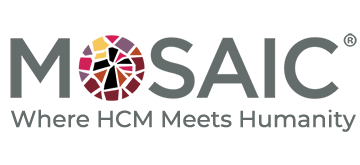Is Your New Hire Really Settling In? How to Make Employee Integration More Human – and More Effective
You’ve hired a talented new team member. The welcome email is sent, the equipment arrives, and the onboarding checklist is complete. So, they’re integrated, right?
Not quite.
Most companies focus on onboarding—getting a person into the system, explaining the role, ticking compliance boxes—but few prioritize what comes next. That crucial period after onboarding is where real integration begins. And it’s often overlooked.
So, what does true integration actually mean? And why is it more important than ever?
“I felt like a ghost.”
A quote from a new hire in a remote team who left after three months.
It wasn’t the role. It wasn’t the workload. It was the silence. The lack of connection.
When new employees don’t find their place—not just on a team, but in the culture—they drift. They disengage. And eventually, they exit.
Integration is about belonging. It’s about building momentum, confidence, and relationships. And it’s what turns a promising hire into a long-term player.
Why This Matters Now
In a hybrid world where Slack replaces hallway conversations and Zoom calls often end with a click instead of a chat, human connection at work can feel harder than ever. According to Gallup, only 1 in 4 employees feel strongly connected to their workplace. That’s not a stat—it’s a wake-up call.
At Mosaic Consulting Group, we see integration not as a soft skill, but as a business strategy. Strong integration improves performance, retention, and even internal mobility. Let’s dig into how.
Three Questions Every Leader Should Be Asking
1. “Who’s actually guiding this person?”
Assigning a buddy or mentor isn’t just a nice-to-have—it’s the glue. But here’s the twist: make it mutual. Let mentors learn something too. One company we worked with encouraged reverse mentorship, where new hires shared fresh ideas or tech insights with more tenured staff. The result? Mutual respect and stronger bonds.
2. “Are they building a network or just logging in?”
Job shadowing. Cross-department intros. “Day in the life” recordings from different teams. These aren’t extra steps—they’re the bridge between isolation and inclusion. Integration means seeing the bigger picture and finding a personal place within it.
3. “Are we listening—or just assuming?”
Check-ins matter—but timing matters more. Don’t wait 90 days to ask if someone feels settled. Pulse surveys in the first 30 days, anonymous Q&A forums, and manager 1:1s with open-ended questions (“What’s been confusing so far?”) all offer insight before problems snowball.
It’s Not Just Culture—It’s Capacity
The faster someone integrates, the faster they perform. That’s not just feel-good theory—it’s productivity math.
And it’s especially critical for growing companies, where every delay in ramp-up time costs time, money, and momentum.
At Mosaic, we help organizations build systems that scale human connection. We don’t just advise—you’ll see the impact in dashboards, feedback loops, and leadership alignment. Integration is measurable. And when done right, it’s powerful.
The Bottom Line
Onboarding ends when paperwork is signed.
Integration begins when someone feels seen.
Ready to rethink your integration strategy?
Contact Mosaic Consulting Group and let’s build something that lasts!




